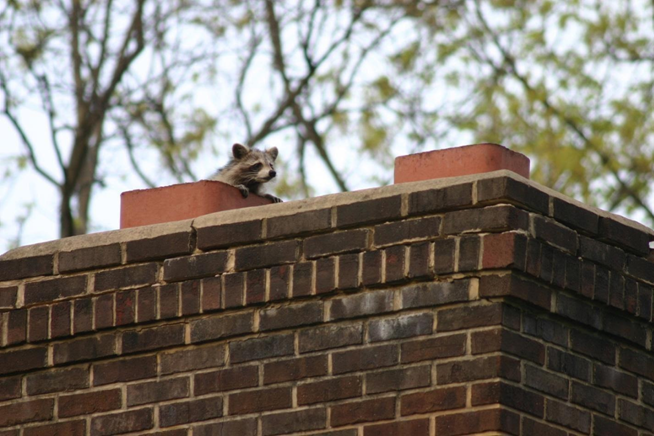Nobody wants a wild animal to be in their home. If you have experienced a wild animal in your home, then you understand the problems wild animals cause. They leave disgusting filth and damage homes. You can prevent these inconveniences by keeping wild animals out of your hose permanently.
Our list features three easy ways to prevent wild animals from entering your home. Anyone can do these three methods at home.

1. Seal Entries
The most common reason for wild animals entering a home is an open entry. Small holes in the roof, vents, and foundation are openings for wild animals to enter a home. You need to seal all points of entry to your house.
- Covering for vents
One of the common areas for wild animals to enter your home is through vents. Animals’ sharp claws damage vents and create points of entry. This damage causes financial loss to you. You can permanently prevent this problem with coverings on your vents. Wild animals will not be able to break into an attic’s vent with a covering.
You can prevent this issue with coverings for vents. These coverings prevent animals from damaging your vents and entering your home. In addition, a covering has tiny holes for your vents to continue to circulate air.
- Animal-proof chimney cap
The most obvious opening to a home is a chimney because it has an opening to release smoke. Wildlife can easily invade your home from this opening. Birds and squirrels often enter a house through its chimney. You can find more information on wildlife pests here.
We recommend using a chimney cap to block entry to your home. It blocks the point of entry for any wildlife. A chimney cap’s vent releases the smoke from your fireplace while also blocking wildlife from entering it.
2. Fence
A fence prevents many wild animals from entering your yard. It is a barrier for many purposes. It blocks the view of your home from wild animals and blocks their path to your house.
Furthermore, you should set your fence five feet above the ground and at least two feet below the ground. This method discourages many animals from burrowing underground to go around the fence. They will move along and seek shelter from a different place.
We also recommend hiring professionals to install your fence. They can properly measure your property to properly install a fence to keep unwanted critters away. Professionals may also offer maintenance and repairs.
3. Have a Clean Home
A clean home will keep wildlife away. Wild animals are attracted to filth and food. They have strong noses with the capability of smelling trash from a long distance. You can create an unattractive environment for wild animals with a clean home.
A clean and healthy environment for you and your family is one of the easiest methods. Always dispose of your garbage and tightly seal the lids to garbage cans. Do not leave any discarded food on surfaces. Also, be sure to clean any crumbs in chairs and on tables.
Without food and water in an area, wild animals will migrate to a different place with food and prey. They would not have reasons to go to your home. Be sure to follow these steps to keep your home clean and unattractive to wild animals.
- Dispose of all garbage
- Seal garbage containers
- Clean kitchen appliances
Final Thoughts
All in all, these are three easy methods to permanently keep wild animals out of the house. We recommend hiring a professional for installing a fence and repairing any entry points in your home’s foundation. You should block all points of entry. The removal of food will not attract wild animals. You will have peace of mind without the thought of wild animals in your home again.





